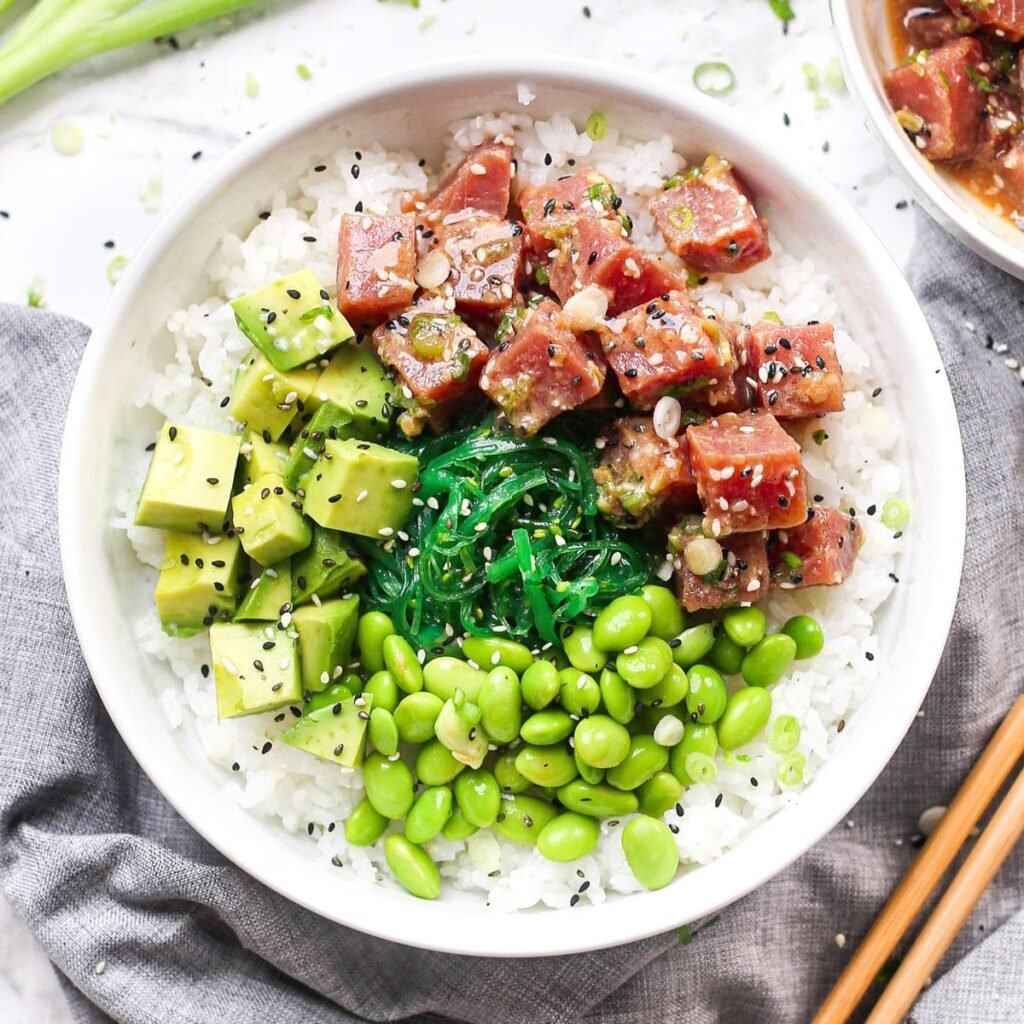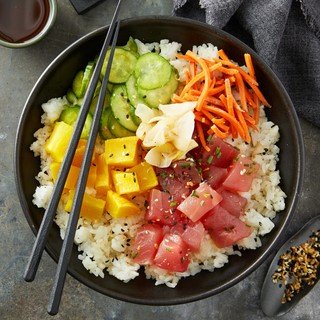A Beginner’s Guide to Japanese Home Cooking
Japanese cuisine has captured the hearts of food lovers worldwide. While sushi and ramen restaurants are popular across the globe, the magic of Japanese food truly shines in the home kitchen. Unlike restaurant dining, Japanese home cooking emphasizes balance, simplicity, seasonality, and comfort.
For beginners, learning to cook Japanese dishes may seem intimidating. But the truth is: with a handful of essential ingredients, simple techniques, and an understanding of the culture behind the food, anyone can start making authentic Japanese meals at home.
This guide will walk you through the foundations of Japanese cooking, key ingredients, tools, and 10 must-try beginner recipes — enriched with stories, cultural insights, and practical tips.
Why Japanese Home Cooking Matters
Story: In Tokyo, a young professional named Yuki grew tired of eating convenience-store bentos every night. She began calling her mother for recipes she grew up with—miso soup, grilled fish, and simmered vegetables. Slowly, cooking became her way to de-stress after work. Within months, she noticed she was eating healthier, saving money, and reconnecting with her family traditions.
Japanese home cooking isn’t about elaborate techniques; it’s about nourishment, mindfulness, and balance. Meals usually follow the “ichiju-sansai” principle: one soup, one main dish, and two side dishes—a formula that ensures variety and nutrition.
Essential Ingredients for Japanese Home Cooking
Before diving into recipes, stocking a few pantry essentials will make your cooking easier:
Soy Sauce (Shoyu): Salty, umami-rich, the backbone of Japanese seasoning.
Miso Paste: Fermented soybean paste used in soups, marinades, and dressings.
Dashi: A light broth made from kombu (kelp) and katsuobushi (bonito flakes).
Rice: Short-grain Japanese rice is the heart of every meal.
Mirin & Sake: Sweet and savory cooking wines.
Nori & Sesame Seeds: For flavor and garnish.
Fresh Ginger, Garlic, Scallions: Aromatic staples.
Tip: Most of these are available in Asian grocery stores, and many supermarkets now carry them in their international aisles.
Essential Tools
Rice Cooker (or heavy pot): For perfect rice.
Donabe (clay pot): Traditional but not essential—great for hot pot.
Sharp Knife: Japanese cooking often requires precise slicing.
Chopsticks (for cooking): Practical and versatile.
10 Must-Try Beginner Recipes in Japanese Home Cooking
1. Miso Soup
A staple of Japanese households, miso soup is comforting, quick, and endlessly customizable.
Cultural Insight: Traditionally served with breakfast, it sets a warm, nourishing tone for the day.
Tip: Start with basic miso + dashi + tofu + wakame (seaweed). Add seasonal veggies as you gain confidence.
2. Onigiri (Rice Balls)
Simple rice balls shaped by hand and filled with pickled plum (umeboshi), salmon, or tuna mayo.
Story: Japanese mothers often pack onigiri into their children’s school bentos. For many, the taste is a reminder of home.
Tip: Wet your hands slightly with salted water before shaping to prevent sticking.
3. Tamagoyaki (Rolled Omelet)
A sweet-savory layered omelet cooked in a rectangular pan. Case Study: Many Japanese chefs say they judge an apprentice’s skills by their tamagoyaki—it’s simple but requires finesse.
Tip: If you don’t have a rectangular pan, a small round skillet works.
4. Teriyaki Chicken
A globally beloved dish, but in Japan, it’s lighter and less sugary than Western versions.
Cultural Note: “Teri” means glaze, and “yaki” means grill or pan-fry. Authentic teriyaki is about balance, not heavy sauce.
Tip: Use mirin, sake, soy sauce, and a little sugar for the sauce.
5. Donburi (Rice Bowls)
One-bowl meals topped with simmered beef (gyudon), chicken and egg (oyakodon), or tempura (tendon).
Story: Salarymen across Japan flock to donburi restaurants for affordable, filling meals. At home, they’re just as comforting.
Tip: Keep pre-cooked rice handy and vary toppings for endless combinations.

6. Gyoza (Pan-Fried Dumplings)
Japanese-style dumplings, typically filled with pork, cabbage, and garlic chives.
Case Study: After WWII, Japanese soldiers returning from China adapted Chinese dumplings into today’s beloved gyoza—crispy-bottomed and juicy inside.
Tip: Steam-fry (yaki-gyoza) for perfect texture: crisp bottom, soft top.
7. Tonkatsu (Breaded Pork Cutlet)
Crispy fried pork cutlet, usually served with shredded cabbage and rice.
Story: Tonkatsu was introduced in the late 19th century as a Japanese adaptation of Western-style cutlets. It’s now comfort food nationwide.
Tip: Use panko breadcrumbs for extra crunch.
8. Nabe (Hot Pot)
A communal one-pot dish with vegetables, tofu, mushrooms, and meat simmered in broth.
Cultural Note: Families often gather around a donabe in winter, sharing from the same pot. It’s as much about bonding as eating.
Tip: Try a simple yosenabe (mixed hot pot) with whatever is in your fridge.
9. Tempura
Seafood and vegetables dipped in a light batter and fried until crispy.
Case Study: Tempura was influenced by Portuguese traders in the 16th century but became uniquely Japanese with lighter batter.
Tip: Use ice-cold batter and fry quickly for delicate crispiness.

10. Matcha Desserts
From matcha ice cream to matcha sponge cake, green tea powder is a versatile ingredient.
Story: Matcha was historically part of Japanese tea ceremonies, symbolizing mindfulness. Today, it’s beloved in modern desserts.
Tip: Use culinary-grade matcha for baking; reserve ceremonial grade for tea.
Japanese Cooking Philosophy: More Than Just Food
Japanese home cooking embodies balance, seasonality, and mindfulness.
Ichiju-sansai principle: One soup, one main, two sides = balanced nutrition.
Shun (seasonality): Using ingredients at their peak flavor.
Mottainai (waste nothing): Even vegetable peels are often repurposed in broths.
Harmony: Meals are designed to appeal to all senses—sight, taste, texture, and aroma.
Real-Life Example: Japanese Food Abroad
Case Study: In Los Angeles, chef Niki Nakayama (featured on Netflix’s Chef’s Table) built her restaurant around traditional Japanese kaiseki principles. Her success proves that when Japanese food is cooked authentically—even abroad—it resonates deeply with diners seeking not just food but an experience of culture and mindfulness.
Tips for Beginners
Start with rice + miso soup + one simple side.
Buy a rice cooker—worth every penny.
Don’t overload on sauces—Japanese food highlights natural flavors.
Experiment with seasonal produce.
Enjoy the process—Japanese cooking is as much about mindset as it is about ingredients.
Conclusion
Japanese home cooking is approachable, nourishing, and deeply tied to cultural values of balance and harmony. From simple miso soup to crispy tonkatsu and comforting nabe, the dishes are designed to feed the body and soul.
For beginners, cooking Japanese food at home isn’t just about learning recipes—it’s about embracing a way of eating that values seasonality, care, and connection. Whether you’re packing onigiri for lunch, sharing hot pot with friends, or whisking matcha for dessert, you’re experiencing a taste of Japan’s culinary heritage.
So roll up your sleeves, stock your pantry, and start your journey into Japanese cooking—you’ll soon discover why it has captivated the world.
References
UNESCO – Washoku: Traditional Dietary Cultures of the Japanese
Japan Times – The Philosophy Behind Ichiju-Sansai
NHK World – Japanese Home Cooking Basics
BBC Travel – Origins of Onigiri
Serious Eats – How to Make Perfect Miso Soup
The Guardian – Japanese Food Abroad: Authenticity vs Fusion
Saveur – The History of Tempura
Smithsonian Magazine – The Art of Kaiseki
Bon Appétit – Japanese Pantry Essentials
Food & Wine – Why Matcha Took Over the World
